Fascinating soil discussion on the Houseplants Forum
johnh_or
16 years ago
Related Stories

HOUSEPLANTS8 Essentials for Healthy Indoor Plants
Houseplants add so much to our homes — and can thrive when grown in the right conditions. Keep these tips in mind
Full Story
HOUSEPLANTS10 Top Plants to Grow Indoors
Brighten a room and clean the air with a houseplant that cascades artfully, stretches toward the ceiling or looks great on a wall
Full Story
EDIBLE GARDENSNatural Ways to Get Rid of Weeds in Your Garden
Use these techniques to help prevent the spread of weeds and to learn about your soil
Full Story
HOUSEPLANTSPlay Up Some Fiddleleaf Figs for a Lively Indoor Tune
Strike a dramatic chord in a minimalist scene or a country note in a rustic setting — fiddleleaf fig plants harmonize with any style
Full Story
FARM YOUR YARDHow to Farm Your Parking Strip
Get an up-close look at a thriving street-side edible garden, one of many sprouting up in Seattle
Full Story
GREEN BUILDINGGoing Solar at Home: Solar Panel Basics
Save money on electricity and reduce your carbon footprint by installing photovoltaic panels. This guide will help you get started
Full Story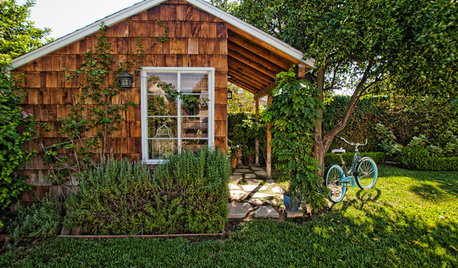
BACKYARD IDEAS7 Backyard Sheds Built With Love
The Hardworking Home: Says one homeowner and shed builder, ‘I am amazed at the peace and joy I feel when working in my garden shed’
Full Story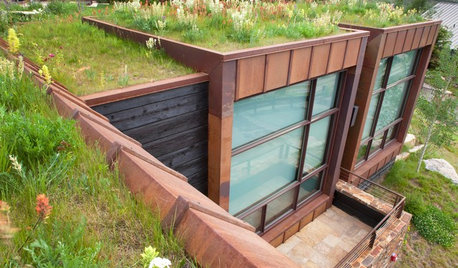
GREEN BUILDING6 Green-Roof Myths, Busted
Leaky, costly, a pain to maintain ... nope, nope and nope. Get the truth about living roofs and see examples from simple to elaborate
Full Story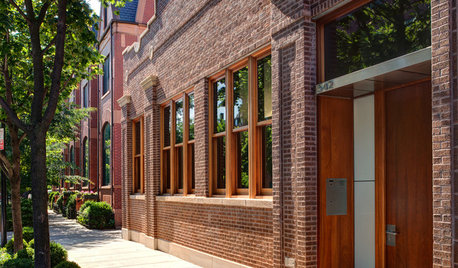
HOUZZ TOURSHouzz Tour: A Three-Story Barn Becomes a Modern-Home Beauty
With more than 9,000 square feet, an expansive courtyard and a few previous uses, this modern Chicago home isn't short on space — or history
Full Story
MOST POPULARThe Unexpected Color That Goes With Everything
Move over, beige. Green is staking its claim as the freshest neutral around
Full StoryMore Discussions






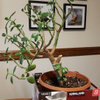
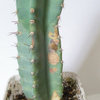

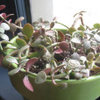
xerophyte NYC
johnh_orOriginal Author
Related Professionals
Seabrook Landscape Architects & Landscape Designers · White Oak Landscape Architects & Landscape Designers · Burlington Landscape Contractors · Ashburn Landscape Contractors · East Lake-Orient Park Landscape Contractors · Northport Landscape Contractors · Bowling Green General Contractors · Harvey General Contractors · Addison Carpenters · Del Aire Carpenters · Palmetto Bay Carpenters · Ridgewood Carpenters · Elkridge Decks, Patios & Outdoor Enclosures · Del Aire Decks, Patios & Outdoor Enclosures · Gastonia Decks, Patios & Outdoor Enclosuresjohnh_orOriginal Author
shrubs_n_bulbs
xerophyte NYC
shrubs_n_bulbs
xerophyte NYC